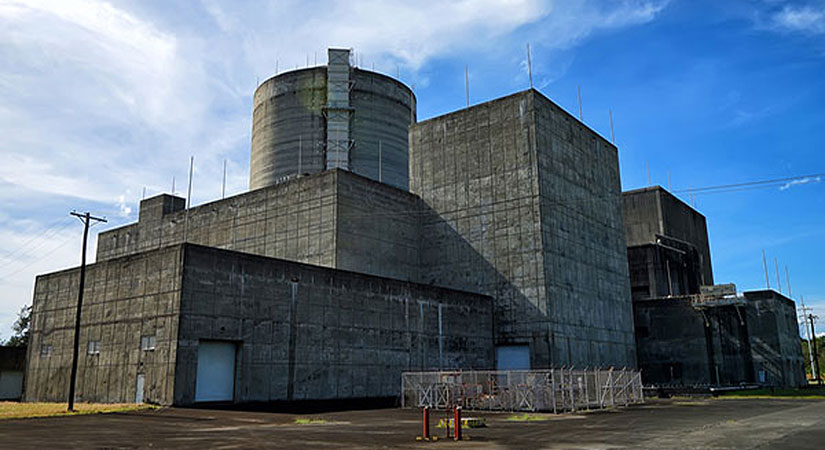
ANY FULL accounting of the affordability of nuclear power must include the costs to be incurred in storing nuclear waste and decommissioning power plants, according to an expert from the University of the Philippines (UP).
UP Diliman energy engineering professor Nicanor S. Villasenor III said nuclear power proponents touting the energy source’s affordability must account for costs across the whole life cycle of the power plant.
The Nuclear Energy Program Inter-agency Committee (NEP-IAC) is due to submit its policy recommendations to President Rodrigo R. Duterte this month.
“When we develop a power project, you take all things into consideration — the life of the project until decommissioning… (I hope) if they present a (recommendation for) nuclear, then please show us what is the real cost of setting it up, including waste disposal and decommissioning,” Mr. Villasenor, the former president of renewable energy developer Philippine Hybrid Energy Systems, Inc. (PHESI), told BusinessWorld in a phone interview on Dec. 8.
He said the biggest concern with nuclear power is ensuring the safe disposal of the radioactive waste, which could have detrimental effects on communities and the environment if not stored properly.
“(The) waste disposal aspect issue of nuclear is not short-term. It’s very long-term. We’re talking about hundreds of years, and special infrastructure (is needed),” he said.
He added that the environmental consequences and safety aspects must also be included in computing the levelized cost of energy (LCOE) of nuclear power.
Mr. Villasenor said the best way to compare various energy technologies is to look at their respective LCOEs, which should consider the construction, operation, maintenance, waste disposal and decommissioning.
Senator Sherwin T. Gatchalian, who chairs that chamber’s energy committee, has said that initial estimates for nuclear power’s affordability is still subject to debate.
“It’s debatable whether it’s really a cheap source of power. It’s debatable whether improving all the externalities, waste disposal and (de)commissioning will really bring out costs, and we need to study this very carefully, because at the end, this is the best selling point for nuclear power – it’s cheap,” he said in a Dec. 7 keynote presentation at the Philippine Nuclear Research and Development Conference.
During a visit to a nuclear power plant in Slovenia two years ago, he was briefed that the cost of running the plant – including capital expenditure and decommissioning – was the equivalent of P3.9 kilowatt per hour (kWh).
“We also have to take note that this is a completely depreciated plant already. So a brand new plant might go up in terms of cost,” Mr. Gatchalian said.
Earlier, the director of the Philippine Nuclear Research Institute (PNRI) Dr. Carlo A. Arcilla said that nuclear power could address the country’s need for reliable baseload power. He added that nuclear could back up solar and wind more stably than coal. — Angelica Y. Yang
